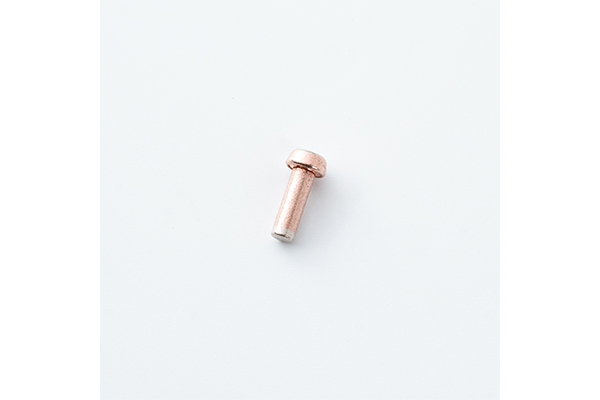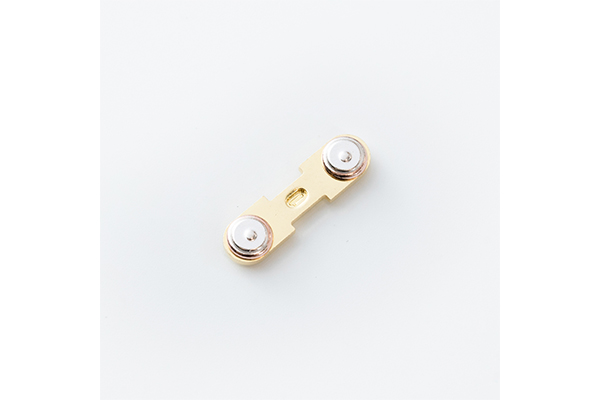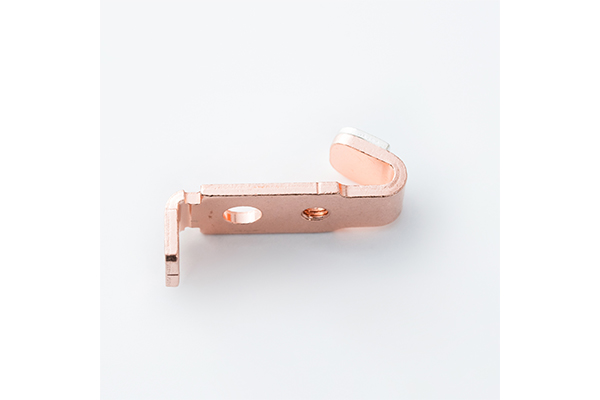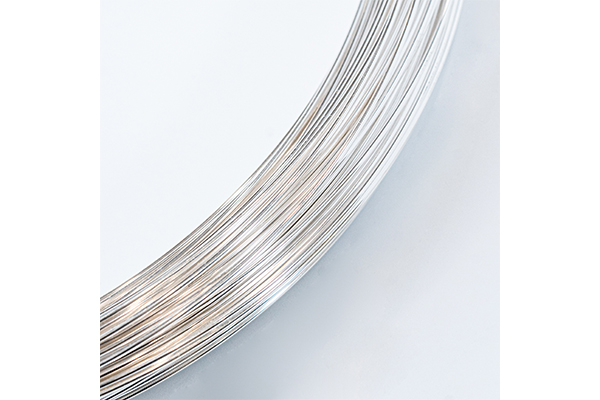How does the chemical stability of silver tin oxide resist corrosion to contacts in harsh environments?
Release Time : 2025-07-07
During the operation of electrical equipment, contacts are often exposed to harsh environments such as moisture, acid and alkali, and are easily corroded and affect performance. With its excellent chemical stability, silver tin oxide builds a reliable protective barrier for contacts to ensure the long-term stability and safety of electrical connections.
The chemical stability of silver tin oxide first comes from its unique microstructure. In the silver tin oxide material, tin oxide particles are evenly dispersed in the silver matrix to form an interwoven composite structure. This structure effectively isolates the chemically active sites inside the material, and it is difficult for external corrosive substances to easily react with the active components inside the material. When the contacts are in a humid environment, it is difficult for water molecules to penetrate deep into the material and cannot directly react with the silver matrix, thereby reducing the risk of contacts being corroded due to moisture.
Tin oxide itself has excellent chemical inertness, which is a key factor in silver tin oxide's resistance to corrosion. Tin oxide can form a dense and stable oxide film in the air, which is like a solid armor, tightly attached to the surface of the material. When the contacts encounter corrosive gases or liquids, this oxide film can effectively block the erosion of external substances and prevent them from direct contact with the silver matrix. Even in an environment containing corrosive components such as sulfides and chlorides, the tin oxide film can rely on its chemical stability to prevent these substances from chemically reacting with silver, avoid corrosion phenomena such as sulfidation and chlorination on the contact surface, and maintain the normal conductivity of the contact.
The synergistic effect of silver and tin oxide in the silver tin oxide material further enhances its chemical stability. As a good conductive matrix, silver provides the necessary conductivity for electrical connections, while tin oxide plays a protective and stabilizing role. In harsh environments, when the silver surface is slightly damaged due to accidental factors, the surrounding tin oxide particles can quickly fill the defects and re-form a complete protective layer. This "self-healing" ability enables the silver tin oxide contacts to always maintain the integrity of the surface during long-term use, continue to resist the erosion of the external environment, and ensure that the contacts can still operate reliably under complex working conditions.
In high-temperature environments, the chemical stability of silver tin oxide is also excellent. High temperature will accelerate the chemical reaction rate of materials, but the tin oxide in silver tin oxide can still maintain a stable structure at high temperatures and will not easily decompose or react with other substances. At the same time, the bonding force between silver and tin oxide will not weaken at high temperatures, and the tightly combined structure of the two can effectively resist the penetration of corrosive gases in high temperature environments. Even under the dual test of high temperature and corrosive media, silver tin oxide contacts can maintain good electrical properties with their stable chemical properties and avoid contact failure caused by high temperature corrosion.
The chemical stability of silver tin oxide is also reflected in its ability to resist electrochemical corrosion. During the operation of electrical equipment, the contacts will produce electrochemical effects due to the passage of current, which may cause corrosion of the contact material. Silver tin oxide can effectively inhibit the occurrence of electrochemical corrosion with its stable chemical composition and structure. Its uniform microstructure makes the current more evenly distributed on the contact surface, reducing the risk of electrochemical corrosion caused by excessive local current density. At the same time, the presence of tin oxide can reduce the electrochemical activity on the contact surface, prevent the electrochemical reaction, and thus protect the contacts from electrochemical corrosion.
The manufacturing process also plays an important role in improving the chemical stability of silver tin oxide. Through advanced powder metallurgy technology, the proportion and microstructure of each component in silver tin oxide can be accurately controlled to ensure that the chemical stability of the material reaches the best state. During the preparation process, strict quality control can avoid the mixing of impurities and reduce the corrosion risks caused by impurities. The surface of the silver tin oxide contacts that have been finely processed and treated is smooth and dense, which further reduces the chance of adhesion and penetration of corrosive substances, and provides reliable protection for the long-term use of contacts in harsh environments.
Silver tin oxide exhibits excellent chemical stability due to its unique microstructure, chemical inertness of tin oxide, synergistic effect of silver and tin oxide, high temperature resistance, anti-electrochemical corrosion ability and advanced manufacturing technology. This stability enables it to effectively resist corrosion of contacts in harsh environments such as moisture, acid, alkali, and high temperature, ensuring the safe and reliable operation of electrical equipment, and becoming a trusted high-performance material in the electrical field.







